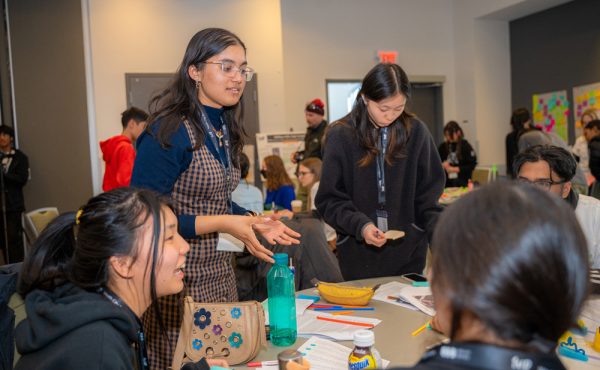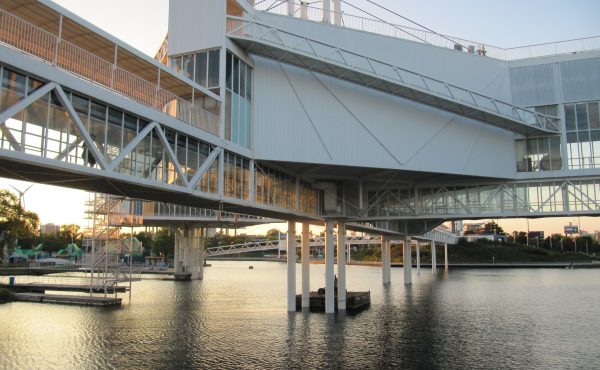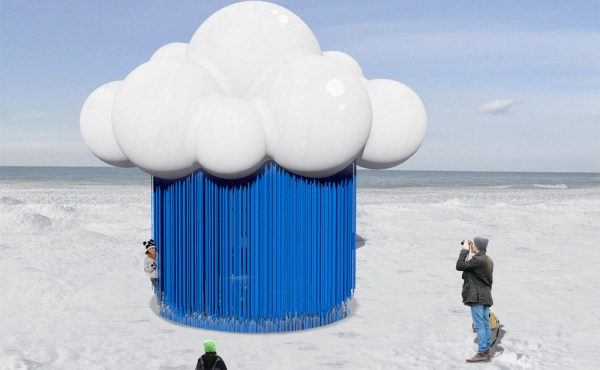DESIGN THINKERS CONFERENCE — Janine James has a tip for every city that wants to become more sustainable: start with a vision and the rest will follow — even if the city is broke.
As a speaker at the eighth annual Design Thinkers conference, put on by the Registered Graphic Designers organization and held at the Metro Convention Centre Oct. 17-19, James has come to talk about how designers can help lead the next wave, the environmental wave, she says.
“When you’ve got the idea, the money will come,†James says. “When a city or a company isn’t sustainable, it has two options: To do nothing and [become] extinct, or catch it in time. Either way, a decision has to be made.â€
Founder of The Moderns, a New York based multi-disciplinary organization that helps companies and other groups develop “culture-building brands,†James explains that overall sustainability and a triple bottom line are compulsory for a successful business strategy — and this goes for cities, not just corporations. A popular buzz word, triple bottom line means taking social and environmental impacts into account as well as profits and other economic indicators when determining a company or city’s success.
Citing Tulsa, Oklahoma as a shining example of civic re-branding (with the help of The Moderns), James explains how the once oil-centric urban centre with a very high rate of job loss has become a world class city, known specifically for its ability to attract intellectual capital.
“The world is going through a paradigm shift,†James says. “If cities want to be world class, want to be competitive, they’re going to have to imagine what’s next and create that new paradigm for people. How do you do that? You present the ideas in such a way that people can see it, get excited about it. You invest in the city’s future and make that city people-centric.â€
In Tulsa, the municipal government created an independent think tank, multi-disciplinary of course, funded by private families. The think tank decided the city needed to revitalize its long neglected waterfront, firstly by creating a meeting place on the water. The blueprint included a plaza, farmers’ market and floating homes owned by the city to provide housing for low-income families. Buildings in the revitalized waterfront use solar and wind power, the entire area is now carbon neutral.
“People were excited about the industrial revolution; why not get excited about this new revolution?†James says. “How will Toronto make graduates from around the world want to come here? How will Toronto convince its own educated youth to stay here? We need to make our cities, companies sustainable, so let’s be optimistic about this and lets be smart. Change is a long ride, with lots of trust involved. But we need inspire people to think big.â€
Jessica Hume will be covering the Design Thinkers Conference, Oct. 17-18 at the Metro Convention Centre.



